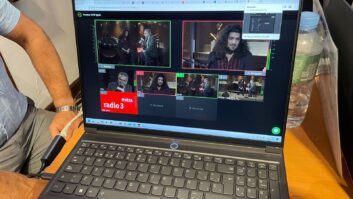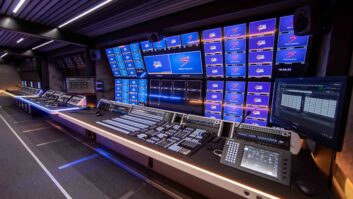Industry consortium DVB has announced a new revision of its specification for the use of video and audio coding to include solutions for HDR Dynamic Mapping.
The solutions enable a receiver, such as a TV set, to adapt a High Dynamic Range video signal to the characteristics of the display.
DVB said ETSI TS 101 154 is one of its core specifications, setting out how video and audio coding are to be used in satellite, cable, and terrestrial broadcasting systems, as well as in broadband delivery.
The consortium added that the addition of HDR DM provides content creators and device manufacturers with a means of adapting video content so that it replicates as closely as possible the intended appearance, as produced in a reference viewing environment.
DVB’s audiovisual coding specification includes two means of providing HDR video content: Hybrid Log Gamma (HLG10) and the 10-bit variant of Perceptual Quantiser (PQ-10). DM applies only to the latter.
According to DVB, there is significant potential benefit in being able to “map” the HDR, as graded using a reference monitor, to the lower-performance TV sets typical of the consumer environment. DM facilitates this functionality by way of Dynamic Mapping Information (DMI) inserted into the HDR video bitstream.







